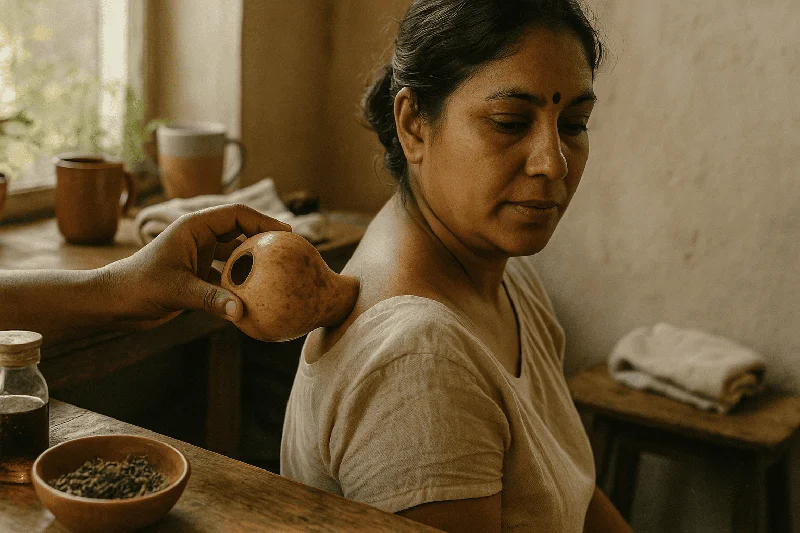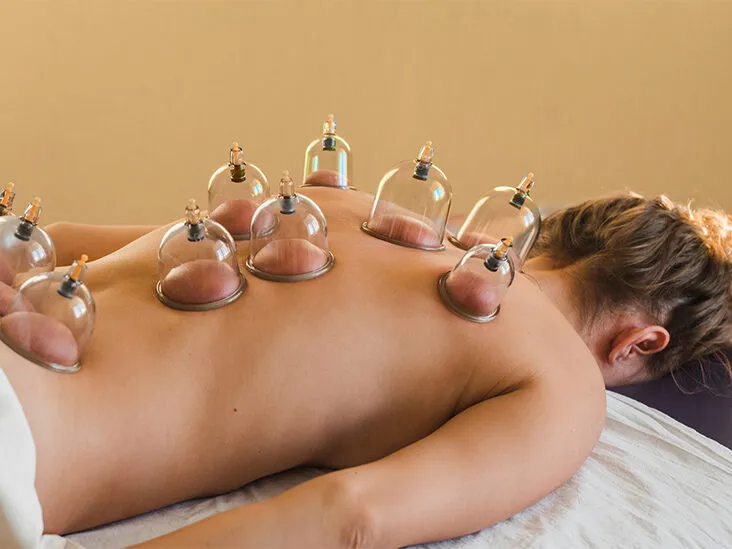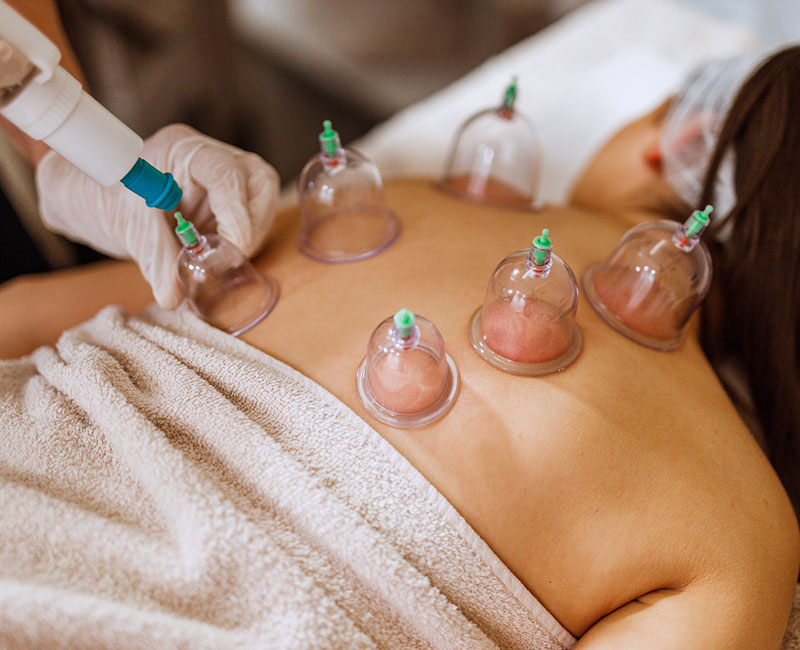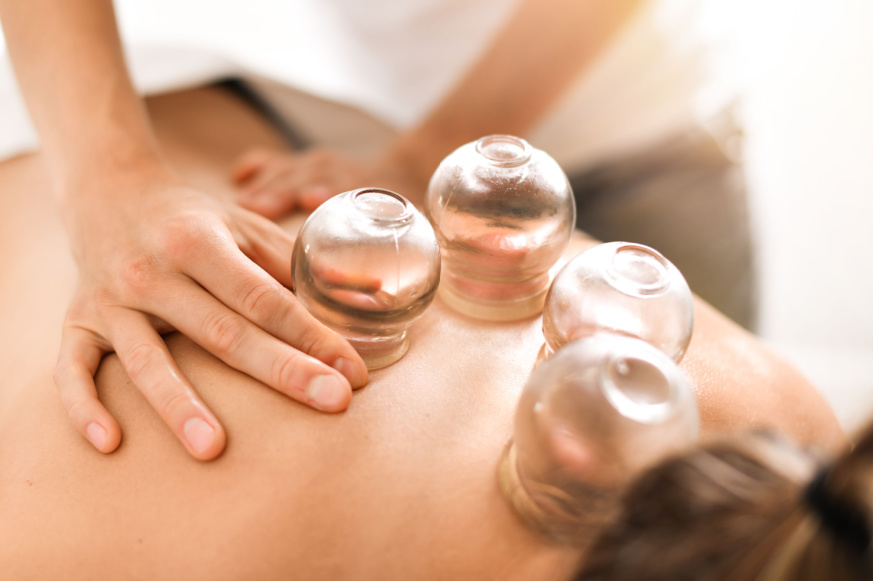Ask Ayurvedic doctor a question and get a consultation online on the problem of your concern in a free or paid mode. More than 2,000 experienced doctors work and wait for your questions on our site and help users to solve their health problems every day.
Shop Now in Our Store
Alabu in Ayurveda: Traditional Healing for Modern Wellness

Picture a simple bottle gourd, seemingly unassuming at first glance. Yet, within the sphere of Ayurveda—India’s ancient system of holistic medicine—this humble plant takes on a powerful therapeutic role known as Alabu. In recent years, there has been a resurgence of interest in Ayurveda across the globe, with practitioners and researchers alike exploring its millennia-old techniques for preventing and managing ailments. Alabu, in particular, stands out for its unique blend of tradition, science, and practicality in supporting a variety of health goals such as detoxification, pain management, and dosha balancing. This article dives into the evidence-based understanding of Alabu, demystifying its origins, mechanism, and potential benefits while weaving in authoritative research to present a balanced perspective.
Table of Contents
What Is Alabu in Ayurveda?
Alabu (often associated with the bottle gourd, Lagenaria siceraria) in the context of Ayurveda refers to both the plant itself and a specific therapeutic procedure historically used to help remove toxins and balance the body’s internal energies—doshas (Vata, Pitta, and Kapha). Unlike more commonly known Ayurvedic practices such as Panchakarma or Abhyanga (oil massage), Alabu therapy is less frequently discussed but has been praised in traditional texts for its wide range of applications.
Key Attributes of Alabu
-
Detoxification: Historically, Alabu has been described as assisting in drawing out excess fluids or toxins.
-
Dosha Balancing: The therapy is sometimes recommended for alleviating aggravated Kapha and Vata conditions.
-
Holistic Approach: Rather than targeting a single symptom, Alabu aims to restore equilibrium in the entire body.

Historical Roots and Cultural Context
References in Ayurvedic Scriptures
Classical Ayurvedic texts like the Charaka Samhita and Sushruta Samhita make occasional references to Alabu Sveda(sudation or sweating therapy using bottle gourd) or Alabu Pracchana (therapeutic bloodletting using a gourd-based vessel). While these texts do not dedicate extensive chapters to Alabu, they consistently include it among the supportive Ayurvedic interventions for imbalances related to swelling, inflammatory conditions, or toxin accumulation.
Cultural Practices
In certain regions of India, especially rural areas, healers have traditionally used hollowed-out bottle gourds to create suction or facilitate bloodletting, akin to a form of cupping therapy. This localized therapy has cultural significance, evolving over centuries as a folk remedy that complements Ayurveda’s mainstream modalities.
The Science Behind Alabu Therapy
Mechanisms of Action
-
Cupping/Suction: Hollowed gourds can be heated and then placed on the skin to create a vacuum-like effect. This is believed to stimulate circulation, drawing out stagnant blood and promoting tissue recovery.
-
Thermogenic Effect: The heat from the gourd might increase local blood flow, contributing to relief from stiffness and pain.
-
Detox Facilitation: In Ayurvedic theory, by removing toxins (ama) and balancing doshas, Alabu therapy can support the body’s natural detoxification pathways.
Modern Parallel
Cupping therapy, popular in Traditional Chinese Medicine (TCM), has gained mainstream attention in recent years. Studies on cupping suggest increased blood circulation and localized pain relief, pointing to biological mechanisms similar to those credited to Alabu in Ayurveda. While research specific to Alabu is still emerging, parallels with cupping therapy offer insights into how and why Alabu may work.
Health Benefits: An Evidence-Based View
Potential Areas of Application
-
Pain Management
-
Joint Pain and Arthritis: Alabu’s cupping-like technique may help reduce inflammation and enhance mobility.
-
Muscular Tension: The vacuum effect could alleviate tightness in muscles by improving microcirculation.
-
-
Skin Health
-
Some Ayurvedic practitioners suggest Alabu therapy can help address certain skin problems like eczema or psoriasis by removing localized toxins.
-
However, dermatological benefits require further scientific validation.
-
-
Detox and Rejuvenation
-
Alabu often accompanies other Ayurvedic cleanses, aiming to draw out impurities and restore energetic balance.
-
When combined with dietary recommendations or herbal supplements, it may support overall wellness.
-
-
Stress Reduction
-
By targeting tension points, Alabu might offer mild sedative effects and relaxation, although modern studies are limited in confirming this.
-
Scientific Support for These Claims
While high-quality clinical trials on Alabu alone are sparse, related cupping studies provide some foundational evidence. A 2020 systematic review in the journal Evidence-Based Complementary and Alternative Medicine found that cupping therapies improved blood circulation and reduced inflammation for certain musculoskeletal conditions. It’s reasonable to hypothesize Alabu has similar benefits, given its analogous mechanism.
Current Research and Expert Opinions
-
Comparative Analyses
According to a pilot study published in The Journal of Ayurveda and Integrative Medicine (J-AIM) in 2019, the use of bottle gourd-based suction showed outcomes comparable to other cupping methods in relieving localized pain. However, the sample size was small, prompting calls for larger randomized controlled trials. -
Biochemical Indicators
Researchers are also looking at biochemical markers of inflammation—like C-reactive protein (CRP)—to objectively measure Alabu’s impact. Preliminary data suggest a modest reduction in CRP levels post-therapy, indicating anti-inflammatory potential. -
Expert Consensus
Ayurvedic experts and integrative medicine practitioners suggest that more standardized guidelines for Alabu—covering protocol, frequency, and safety measures—are needed. Many highlight the importance of personalized therapy, as Ayurveda traditionally tailors treatments to each individual’s prakriti (constitution).
How to Incorporate Alabu in Daily Life
While Alabu therapy often requires the supervision of an Ayurvedic practitioner, there are steps you can take to harness the broader benefits of bottle gourd:
-
Dietary Integration
-
Bottle Gourd Juice: Rich in essential vitamins and minerals, consuming fresh bottle gourd juice can support digestion and hydration.
-
Cooking with Alabu: Traditional recipes like lauki sabzi (bottle gourd curry) are a staple in Indian households, aiding in nutrient intake.
-
-
Wellness Rituals
-
Herbal Oils & Massage: Pairing gentle massage with herbal oils before Alabu therapy can enhance circulation and relaxation.
-
Yoga & Breathing Exercises: Complementary practices that promote overall metabolic balance and mental well-being.
-
-
Professional Sessions
-
Consult an Expert: Seek advice from a qualified Ayurvedic practitioner for personalized Alabu sessions.
-
Proper Hygienic Practices: Ensure sterilized equipment and clean surroundings to avoid infections or complications.
-
Safety Measures and Precautions
As with any therapeutic intervention—traditional or modern—safety is paramount. Here’s what to keep in mind:
-
Professional Guidance
-
Always consult with a certified Ayurvedic physician or integrative medicine expert before trying Alabu, especially if you have a pre-existing medical condition.
-
-
Sterility
-
When used for cupping or controlled bloodletting, ensure that the gourd or any suction device is properly sterilized to prevent infections.
-
-
Allergic Reactions
-
Some individuals might be sensitive to bottle gourd pulp or juice. Start with small quantities if incorporating Alabu in your diet.
-
-
Individual Suitability
-
Alabu therapy may not be ideal for everyone, particularly those with bleeding disorders or severe skin conditions. Consultation is crucial.
-
-
Informed Consent
-
Whether trying Alabu for pain relief or detoxification, make sure you understand the process, benefits, and potential side effects.
-
Frequently Asked Questions
1. What exactly is Alabu therapy in Ayurveda?
Alabu therapy often involves using hollowed-out bottle gourd (or gourd-derived vessels) to create suction on the skin. It is linked to principles similar to cupping therapy, aimed at drawing out toxins and balancing doshas.
2. Is Alabu the same as cupping therapy?
While they share similarities—such as suction-based mechanisms—Alabu is grounded in Ayurvedic philosophy, incorporating additional Ayurvedic principles like dosha balance. Cupping therapy is more commonly associated with Traditional Chinese Medicine.
3. How often should I undergo Alabu therapy?
Frequency depends on individual constitution, health status, and practitioner recommendations. Some people might benefit from weekly sessions, while others might opt for monthly or seasonal therapy.
4. Can I perform Alabu at home?
It is generally not recommended to perform Alabu at home without guidance, especially when bloodletting is involved. A qualified Ayurvedic practitioner should supervise the procedure to minimize risks.
5. Are there any side effects?
Possible side effects include localized bruising, minor burns from heated tools, or infection if equipment is not sterile. Always ensure professional standards are followed to reduce adverse events.
Conclusion and Call to Action
Alabu in Ayurveda stands at the nexus of ancient wisdom and modern health, offering a unique form of therapy that aligns closely with well-researched techniques like cupping. While the body of scientific evidence specific to Alabu is still evolving, the parallels observed in related therapies underscore its potential benefits—from detoxification to pain management. Whether you’re a healthcare professional exploring integrative approaches or an individual seeking holistic well-being, Alabu holds intriguing promise as part of a broader Ayurvedic regimen.
Ready to dive deeper? Share this article with friends or colleagues curious about traditional therapies. If you’ve tried Alabu or are considering it, comment below with your experiences or questions. For more updates on holistic health, subscribe to our newsletter to stay informed about the latest research and expert tips.
Disclaimer
The information provided in this article is for educational purposes and does not substitute professional medical advice. Always consult a qualified healthcare provider before making any changes to your health regimen or trying new therapeutic interventions like Alabu. Neither the author nor the publisher assumes liability for possible health consequences of any person reading or following the information in this educational content.
References:
-
Evidence-Based Complementary and Alternative Medicine – Systematic Review on Cupping Therapies (2020). -
The Journal of Ayurveda and Integrative Medicine (J-AIM) – Pilot Study on Bottle Gourd-Based Suction (2019).
-
Additional authoritative resources:
PubMed ,World Health Organization (WHO) .
(Note: Links provided above are for reference illustration. They are not active in this document.)
This article is checked by the current qualified Dr. Harsha Joy and can be considered a reliable source of information for users of the site.




